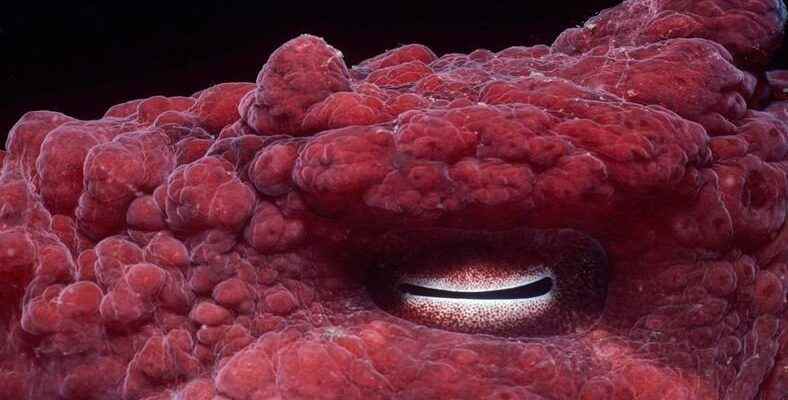There is an organ that is thought to have emerged 540 million years ago, well before the Cambrian explosion that took place at the beginning of the Cambrian period, which is called the period of sudden increase in the world’s biodiversity, and that is the eye.
According to some of the oldest interpretations, the eye is first; a kind of tissue pit covered with light receptors, or scientists’ speckle It consists of a simple region that perceives light. Sure, that’s your eye over time its primitive structure has changed. Lenses that bend and focus light, corneas have evolved. Especially for land-dwelling organisms, the eye gained special importance.
The structure of the eye has also changed according to the vital needs of living things. For example, British biologist Michael Land, in a study he conducted in 2005, stated that “The cornea, which is only a transparent protective cover for the eye, has become a structure that creates an image on its own.” talked about its development. Despite this, it still preserves its basic structures. content with simple eye socketsThere are also creatures such as flatworms and mollusks.
Here are some unusual and beautiful eyes from the animal kingdom that we might wish to have!
(Contains disturbing images for those who cannot look at creatures such as reptiles and spiders!)
Mossy New Caledonian Gekko
The Mossy New Caledonian Gekko, the largest lizard ever recorded, has eyes that can be used when needed. 14 inches that is, it can grow to a length of about 36 centimeters. He also has the unusual feature of cleaning his eyes with his tongue.
Great Fin Squid
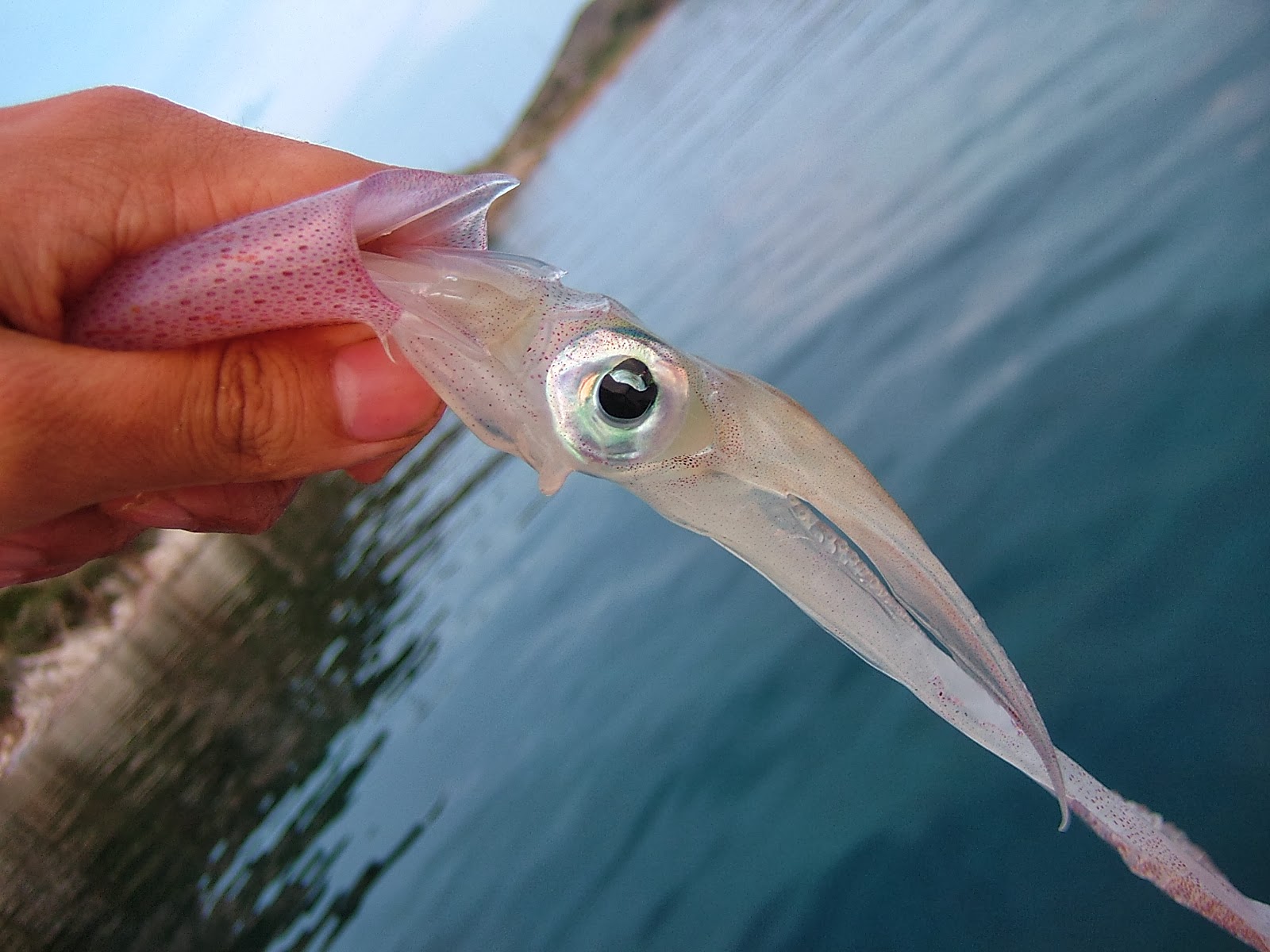
I wish my eyes were like this in silver color There are probably two structures surrounding the eyes of the great-finned squid with eyes. One is cells filled with tiny light-reflecting plates, and the other is tiny, pigmented organs that cephalopods can selectively contract and relax.
Atlantic Nurse Shark
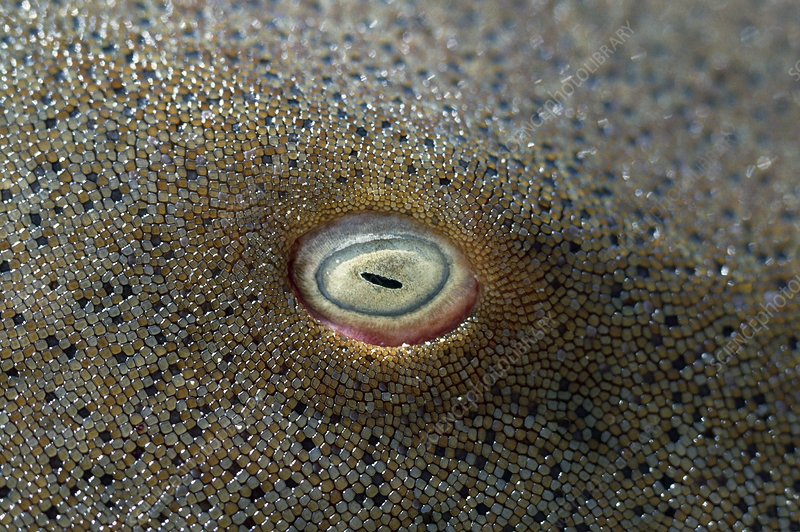
Atlantic nurse The shark’s eyes are not as developed as its other senses and do not have as good vision as expected. The fact that it can close its eyes while sleeping and stay still is a feature that distinguishes it from other shark breeds.
Coral Boring Clam
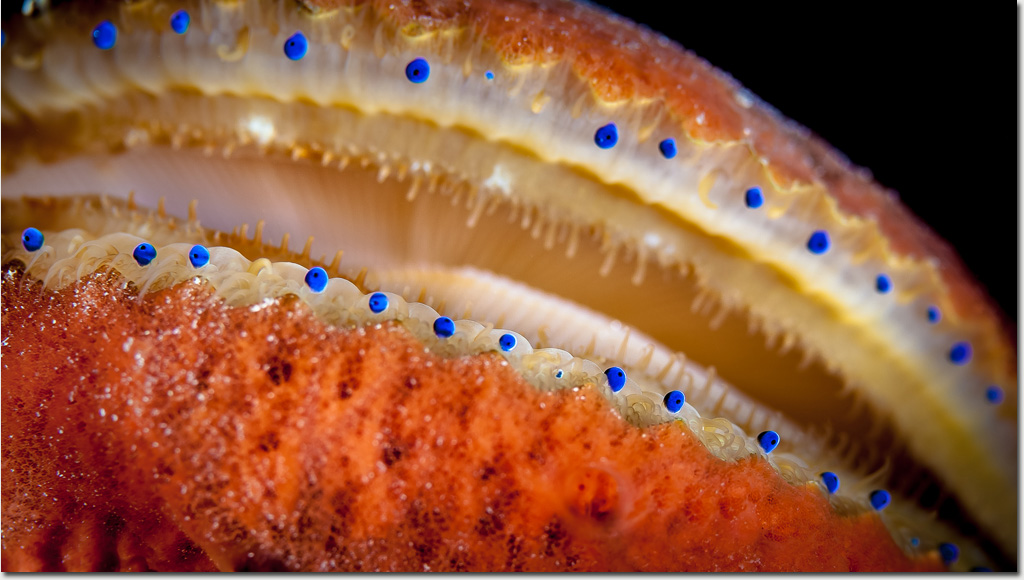
Coral boring clam This mollusc-type creature called 11 eyes has. Eyepieces cannot focus light, as most animals do. Instead, it uses reflective crystals, also found in carp scales and chameleon skin, to collect and direct rays.
Gray Whale
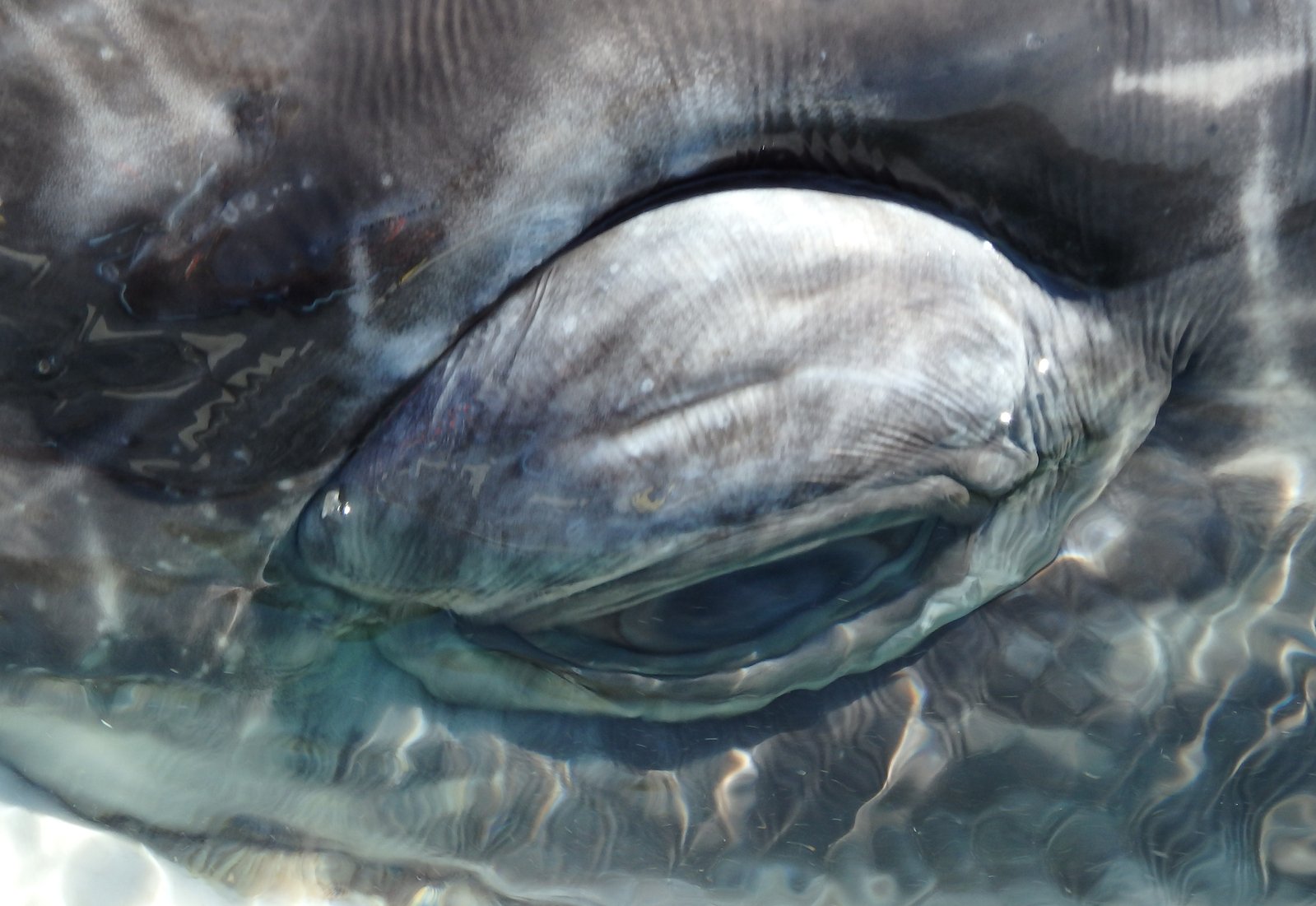
gray whale As they return to the surface after diving, their pupils constrict into a bean-shaped crescent in the lower part of the eye and then into a pale crescent connecting the two small holes.
Parrot
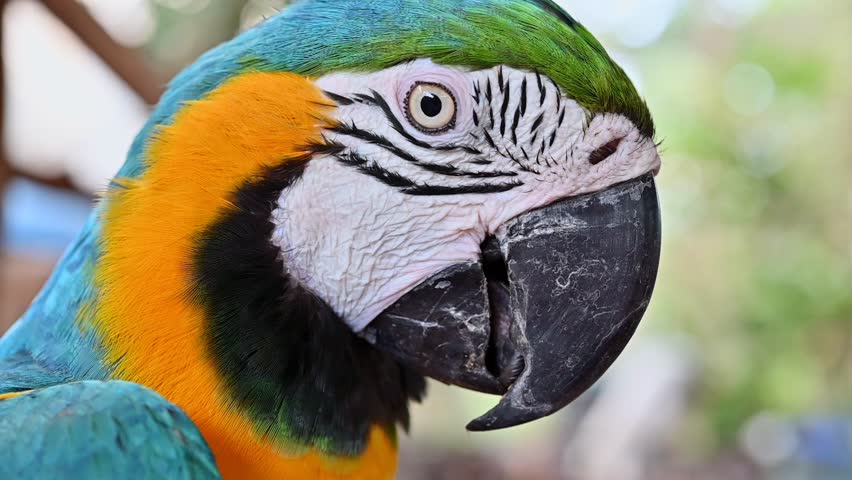
Even though the rays in the ultraviolet range, also called violet and beyond, are outside the limits perceived by the human eyes, parrots, play an effective role in mating and foraging habits. They can see UV rays.
Four Eyed Fish
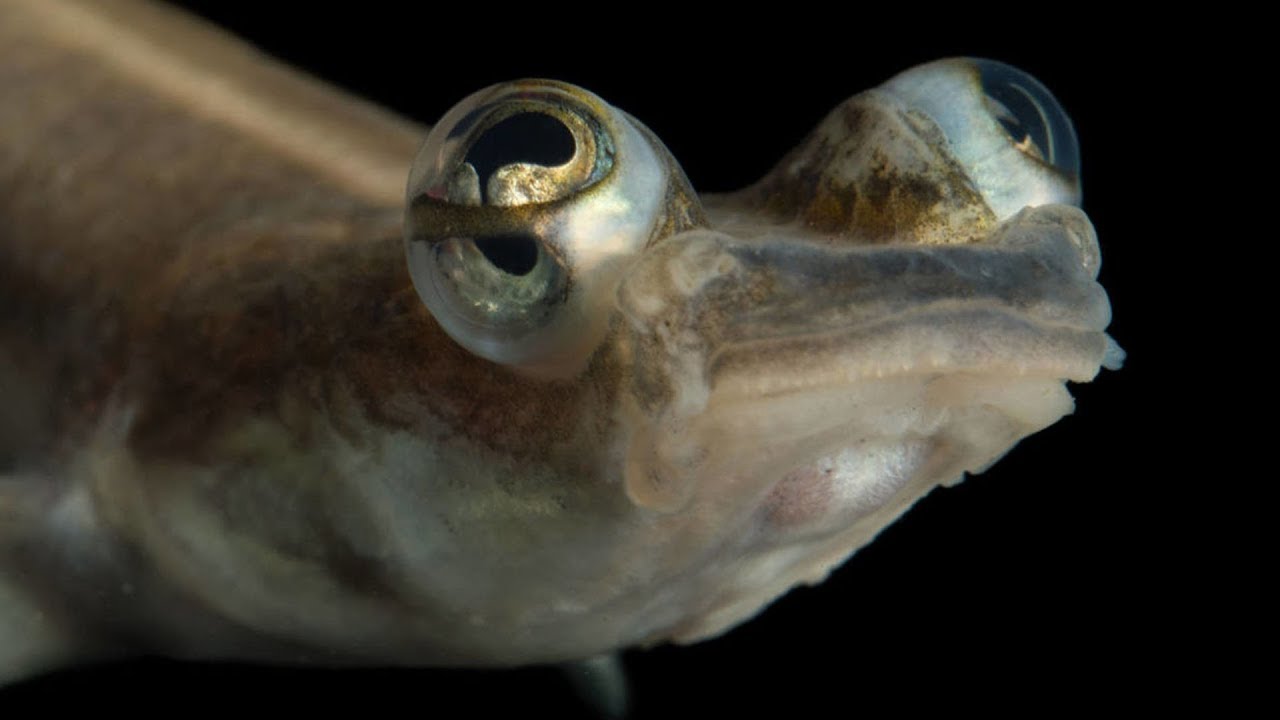
Four-eyed fish, you name it four eyes He apparently only has two eyes. But each eye has two different lobes. These lobes, one above and one below the waterline, are a physical advantage of the four-eyed fish for reaching nutrients both above and below.
Wood Lice Spider
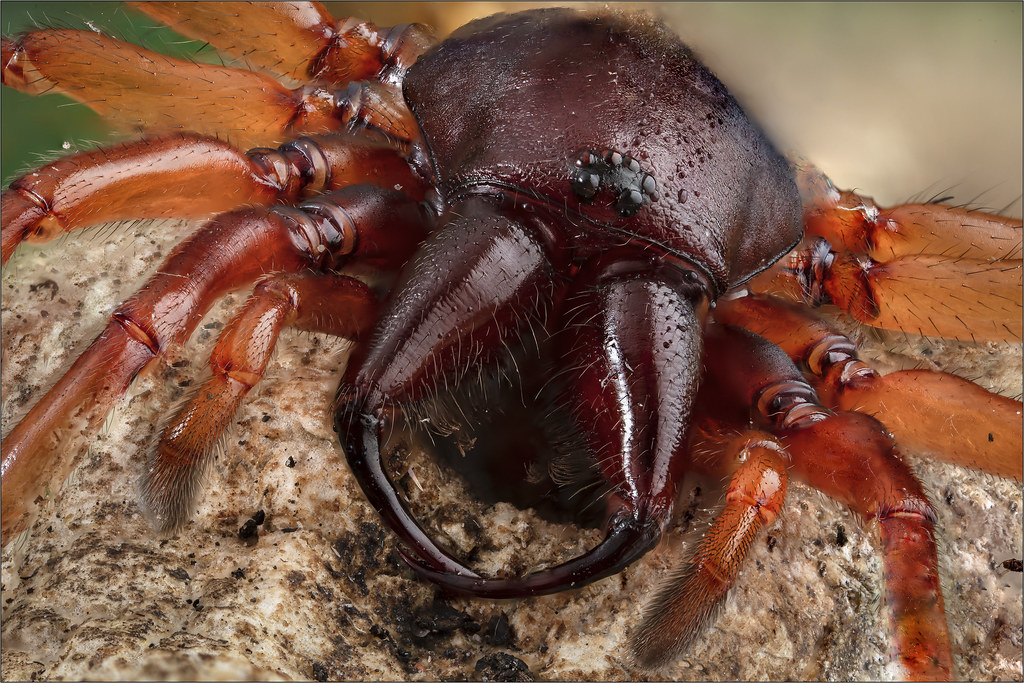
woodlice spider This species, called an eight instead of eight, is relatively rare in spiders. six eyes has. Most do not have the main eye, which has the ability to see in color and see far more precisely.
Indian Elephant
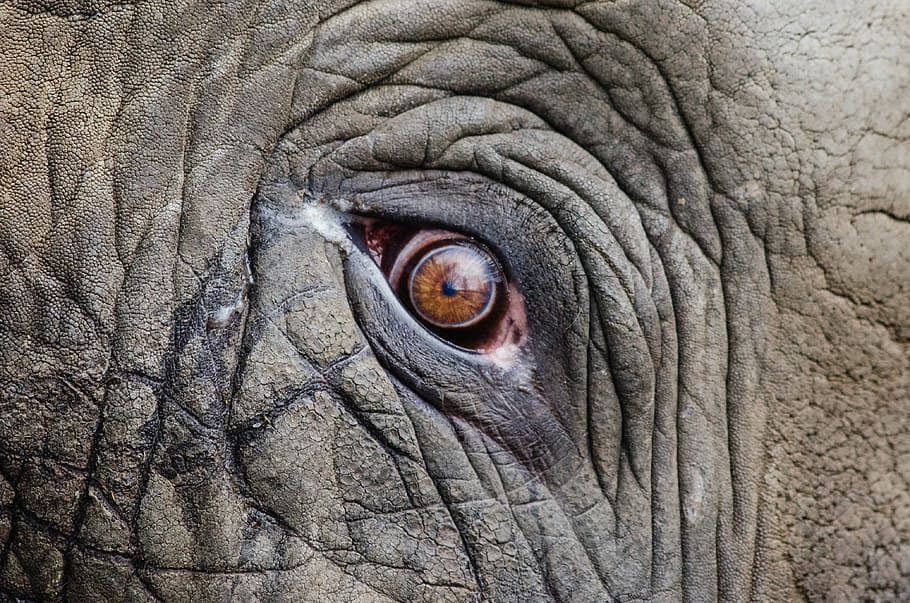
indian elephant their eyes have a negative feature that some people also have: color blindness. Indian elephants, which have red and green color blindness, are very similar to the human eye in terms of structure and appearance.
cattle fly
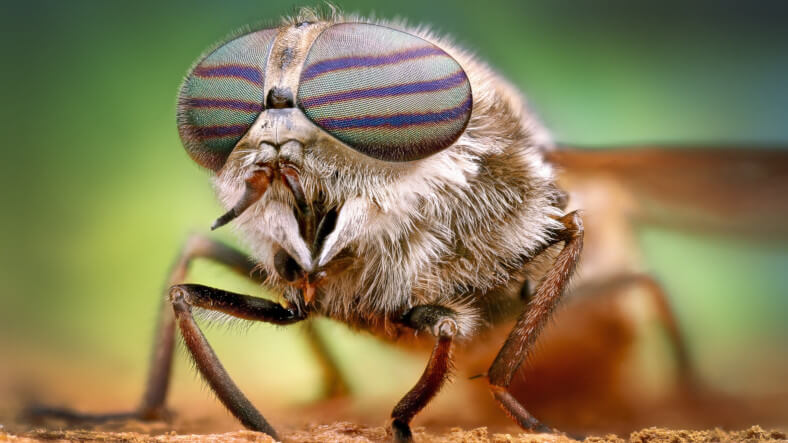
cattle fly The eyes of these creatures, which are called so-called ‘eyes’, are attracted to polarized light and light rays that vibrate in the same direction, thus realizing the phenomenon of ‘seeing’. Females, on the other hand, have the ability to find their prey by locking in the polarized rays emanating from their hair.
Crocodile Fish
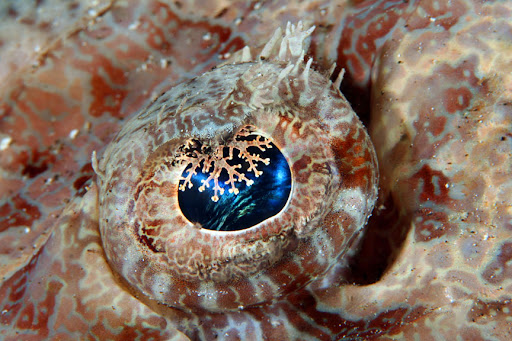
crocodile fish They hunt by lurking on sandy ocean floors. Therefore, their eyes have lace-like structures that hide their pupils and support their camouflage and serve as lids.
Source :
https://www.scientificamerican.com/article/see-the-most-bizarre-and-beautiful-animal-eyes-on-earth/
